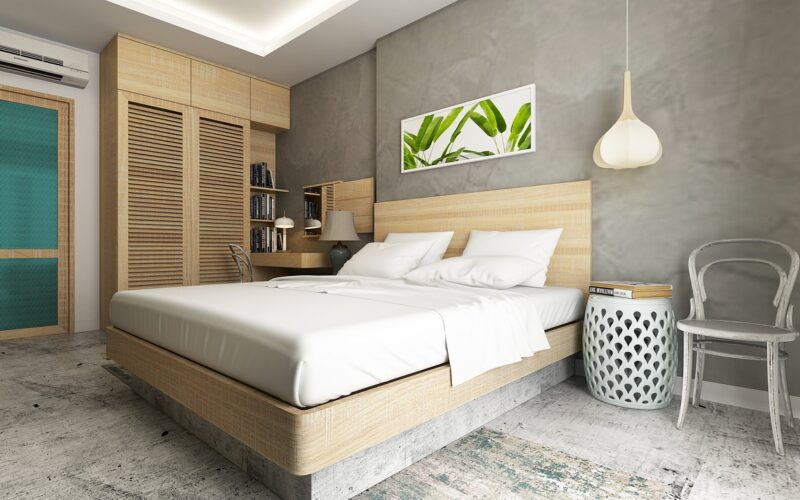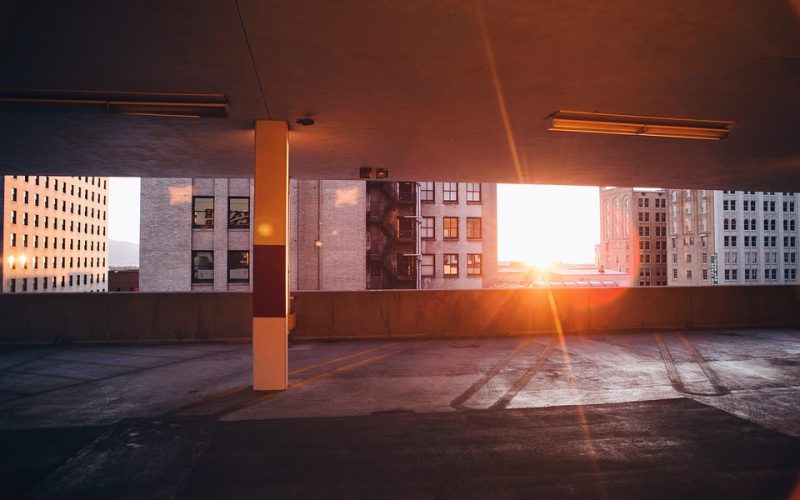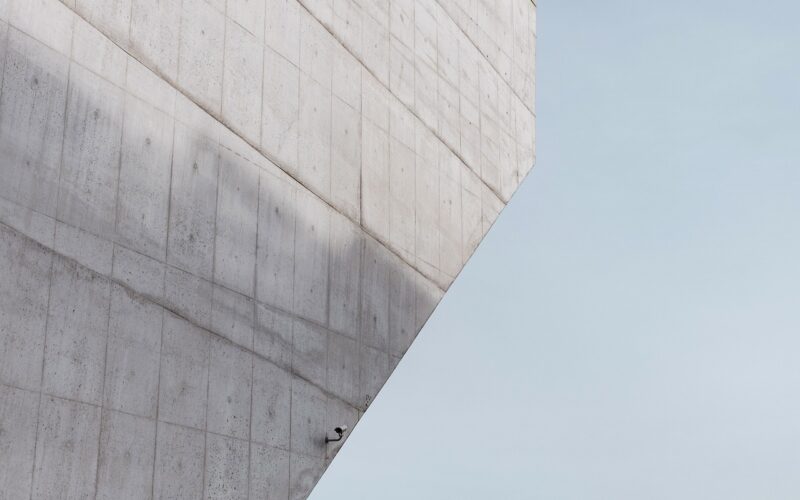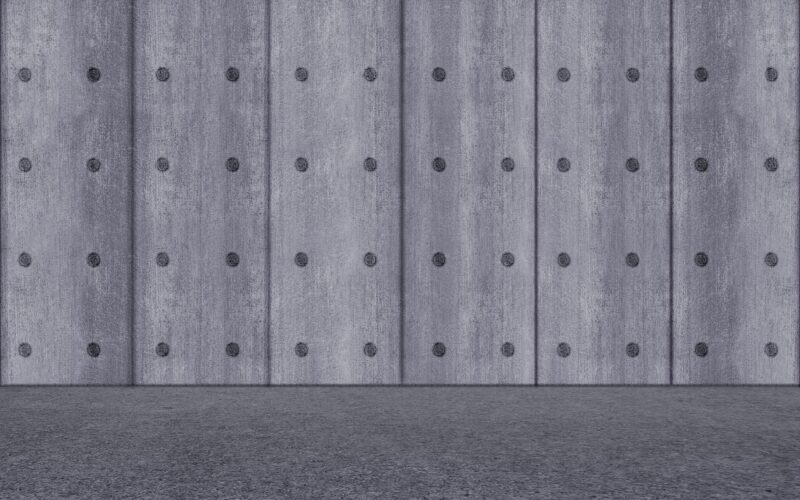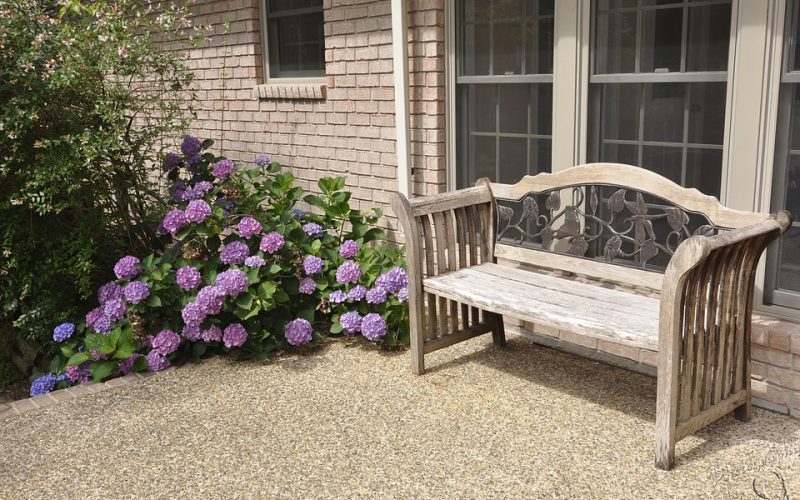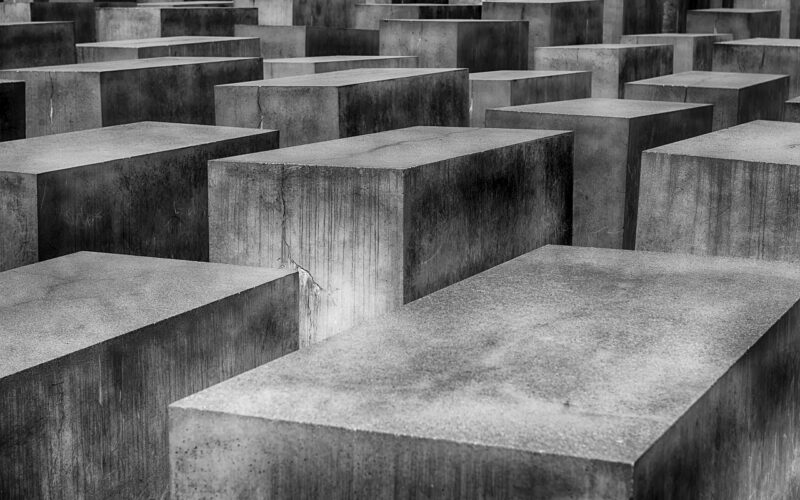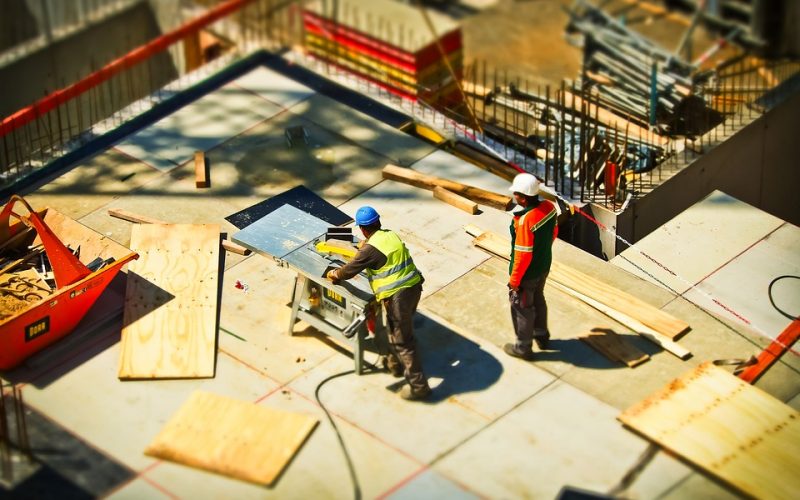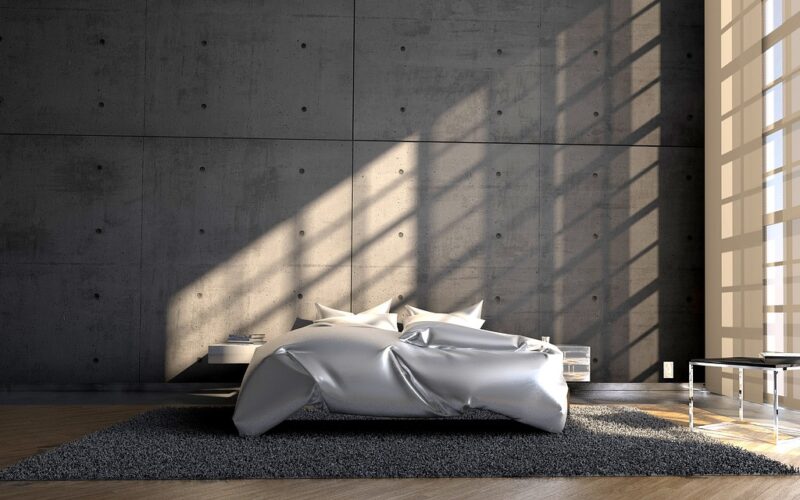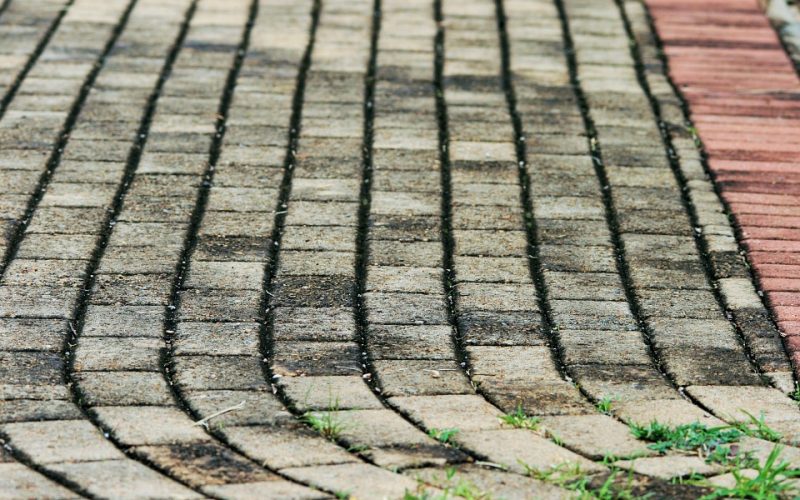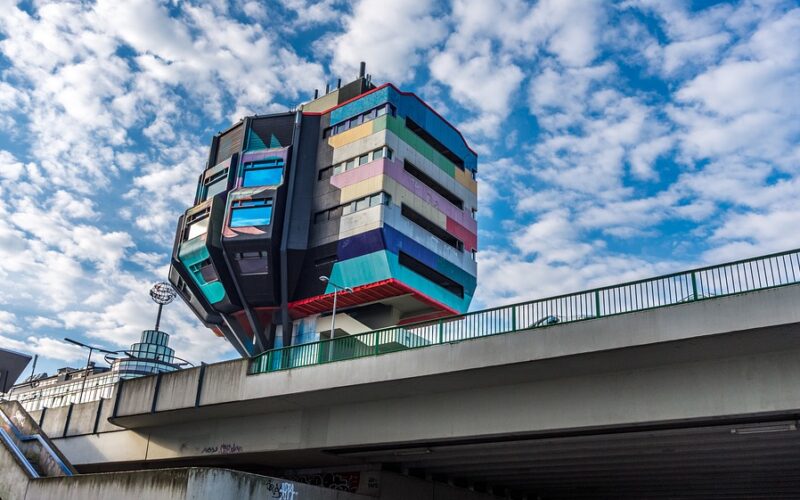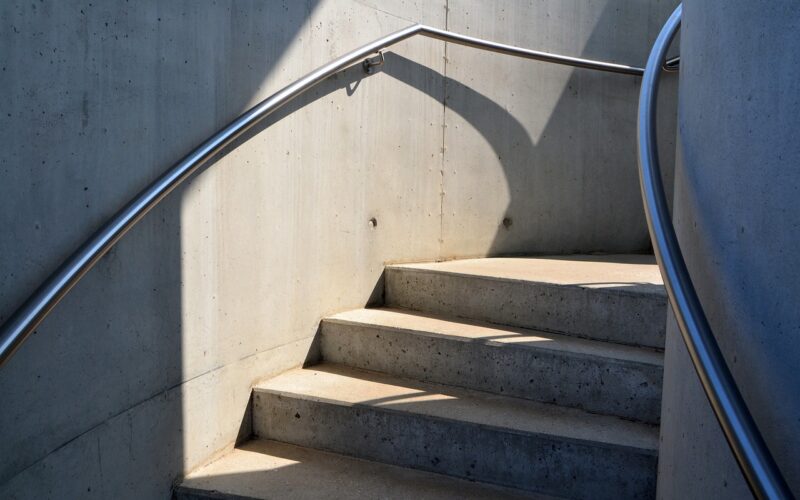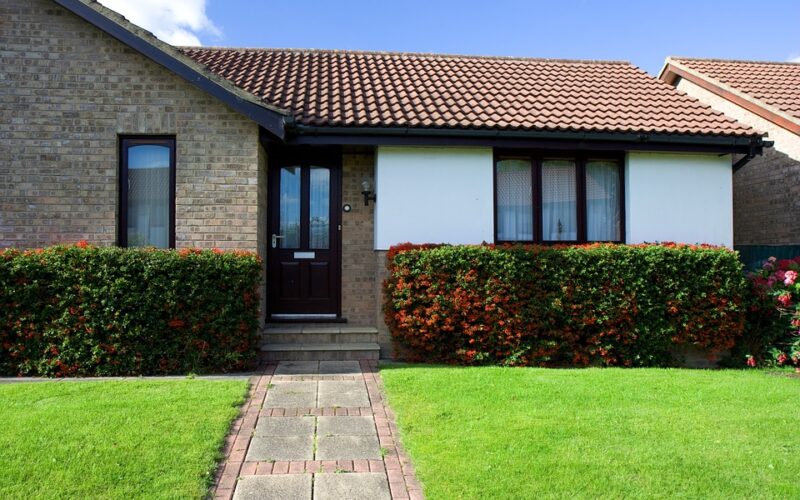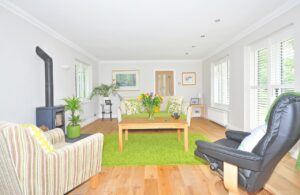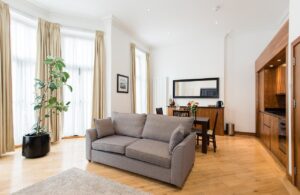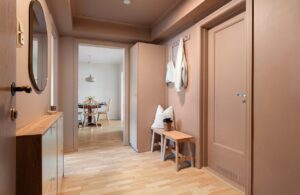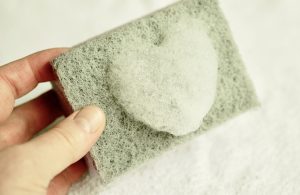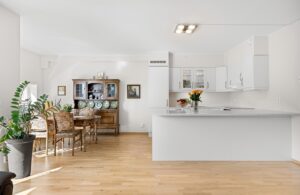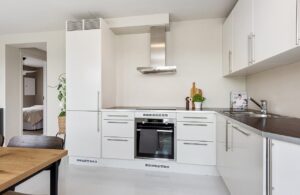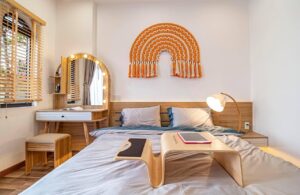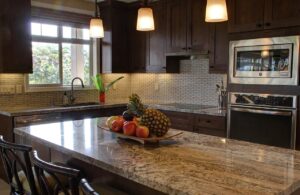Concrete In Interior Design
The industrial charm of concrete has stepped out of its traditional confines of mere construction material and evolved into a fashionable element within the world of interior design. Not only does this versatile medium add a gritty, modern twist to any space, but it also offers durability and a unique aesthetic that is hard to match. Read on as we explore how concrete has made its impactful mark in the interiors of contemporary homes and commercial spaces.
The allure of concrete in modern aesthetics
Concrete's raw and unrefined presence brings a level of authenticity to the modern living space. It's become synonymous with the minimalist and industrial styles that celebrate neutral colours, clean lines, and the beauty of unfinished textures. Whether used in large expanses like floors or walls or subtle décor touches like fireplaces or furniture, concrete's grey tones provide a versatile backdrop that complements a wide variety of colour palettes and materials.
Functional and durable design with concrete
Not only does concrete score high marks for its looks, but its inherent strength and durability make it an ideal choice for surfaces that require longevity. Kitchen countertops, bathroom sinks, and flooring made from polished concrete stand the test of time, often outlasting other materials. Meanwhile, concrete's capacity to retain thermal energy can contribute to energy efficiency, offering both practical and environmental advantages.
Innovations in concrete finishes and textures
Gone are the days when concrete came in a single, solemn finish. Today, advancements in materials and technology have birthed an array of finishes and textures. From smooth and polished to stamped, stencilled, or tinted, concrete can be as traditional or as customised as the designer deems. It allows for personal touches to shine through, ensuring that each concrete element can be a singular work of art.
Concrete's role in eco-friendly design
Sustainability is at the forefront of contemporary design, and concrete plays a commendable role here too. Its long life reduces the need for replacements or renovations. Concrete can also incorporate recycled materials in its mix, thus lessening its environmental impact. Additionally, its thermal properties contribute to maintaining a consistent indoor temperature, resulting in lower heating and cooling costs.
Combining concrete with other materials
Part of concrete's charm in interior design lies in its ability to pair well with other materials. Wood, for example, provides a warm, organic contrast to concrete's coolness, while metals like steel or brass bring in an element of high-end sophistication. The harmonious blend of these materials can create a space that feels grounded yet distinctly modern.
Pushing boundaries with concrete applications
Forward-thinking designers constantly push the boundaries of how concrete is used in interiors. Aside from its traditional applications, we now see it in furniture, lighting fixtures, and other surprising décor elements. These inventive uses showcase the fluidity and versatility of concrete, ensuring that it remains a mainstay in design trends for years to come.
Concrete's shift from a purely structural material to a staple in interior design is a testament to its versatility and visual appeal. Given its practical benefits and the endless creative possibilities it presents, it's no wonder that concrete continues to captivate the imaginations of architects and designers worldwide.
